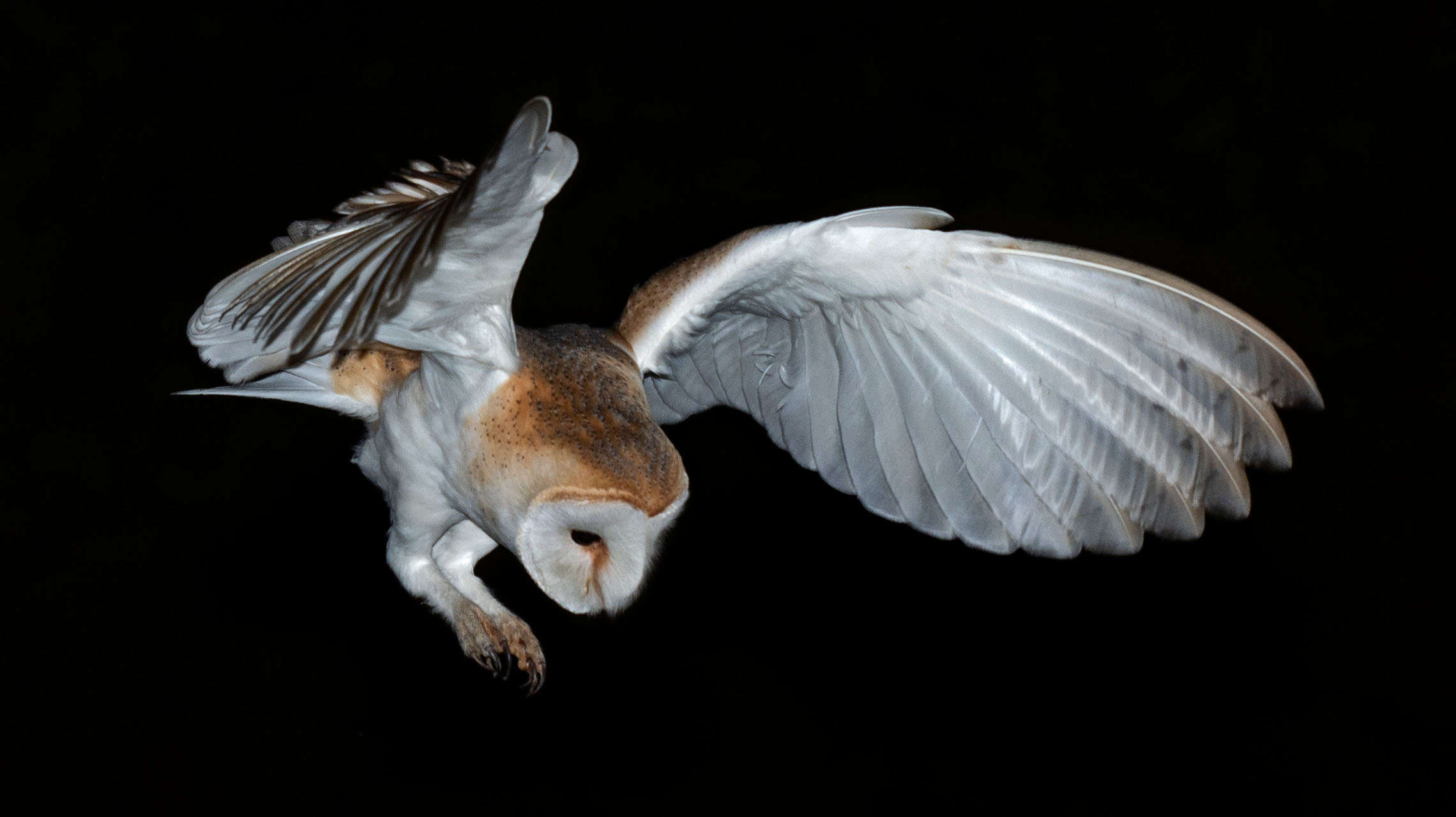Create a free profile to get unlimited access to exclusive videos, sweepstakes, and more!
This is the real reason birds are able to take off and fly—but humans are stuck on terra firma

Were you that kid who wore a towel like a cape and leaped off the sofa as if you were going to blast off into the atmosphere? Now we know why we can never be airborne on our own (barring superpowers, of course).
Besides having bones that are too heavy to lift off and the wrong body plan, there is a genetic reason humans, and other creatures that only wish they were Superman, cannot actually fly. Even Superman is technically not capable of powered flight, since that involved flapping wings. The reason birds are programmed to fly is all in their DNA and neurons. They have unique structures in their spines, involving the molecule ephrin-B3, that give them the ability to fly and keep us earthbound.
It is the mutation or absence of ephrin-B3 that allows birds to take off. Avihu Klar of the Hebrew University of Jerusalem and Claudio Mello from Oregon Health and Science University discovered that most birds are missing ephrin-B3 (which is present in the majority of most terrestrial animals). Klar recently led a study recently published in Science Advances.
“Based on previous studies, I assumed that something about the molecular pathway of ephrin-B3 in birds is distorted,” he told SYFY WIRE in an interview.
Klar suspected something was going on with ephrin-B3 after a study that compared mouse and chicken embryos reported that mice which were injected with the molecule started hopping around instead of walking. They may have not sprouted wings, but this was enough to question why they were moving around in a way that was so uncharacteristic. It was then that he and avian genome expert Mello investigated further. Several things stood out to them. This gene was nowhere to be found in chickens, but was unexpectedly present in songbirds.
“The songbird’s gene is markedly different from the mammalian and the reptilian gene, and it encodes a protein with a diminished activity,” Klar said. “We would love to examine dinosaur genes, but their genome is not available.”
Ephrin-B3 is the molecule that explains why we walk. The act of walking involves activating one leg while the other is inhibited, and for this to be possible, neurons that hold back movement have to keep crossing from one side to the other as the active leg keeps switching from right to left and back. It is the neurons that switch movement back on which are inhibited by ephrin-B3. That way, they do not switch sides as something walks. When neurons that allow for movement are not inhibited on either side, it is possible to activate both sides at once, which is what happens in powered flight when both wings flap at once.
Mentioning dinosaurs is not that far off. In a way, birds are highly modified dinosaurs. Figuring out the genome of (ideally) a species of non-avian dinosaur that was a predecessor of early avian dinosaurs could give us insight into the evolution of ephrin-B3 and how it faded and often vanished. Unfortunately, the oldest DNA that scientists have been able to sequence was from a mammoth that was a million years old, and the last dinosaurs were around some 66 million years ago.
“Birds evolved from bipedal dinosaurs. Dinosaurs used their legs for stepping, and so do birds” Klar said. “If indeed ephrin-B3 was already gone in dinos, there is still an answer to how they were capable of walking, and why birds also are.”
That answer lies in an organ often referred to as a second brain. This is the glycogen body, a football-shaped structure in the lower spinal cord. Klar believes that birds are able to walk because the glycogen body stands in for ephrin-B3 and inhibits movement on one side when a bird needs to walk, such as a sandpiper that goes after ground-dwelling prey on its feet. Too bad nobody has been able to recover dinosaur DNA, which probably degraded over millions and millions of years, because that could prove Klar’s hypothesis. Surviving genetic material has not yet been found on rare specimens with soft tissue still intact.
If the absence or mutation of ephrin-B3 allows birds to reach heights we never will, it may seem that the same mechanism allows bats (the only mammal capable of powered flight) to fly. Flying squirrels and other animals capable of gliding can also be mistakenly be assumed to be lacking in ephrin-B3. That is curiously not the case. For some reason, it shows up in their genes.
How bats flap around at night, and why other animals are capable of gliding or leaping motions, is what Klar and his team are looking into researching next. Too bad he can’t get a hold of dino DNA—at least yet.
“Maybe we should approach the producers of the Jurassic Park movies,” he remarked. “But we want to learn more about why bats fly, frogs jump, and some birds hop in the future.”



























